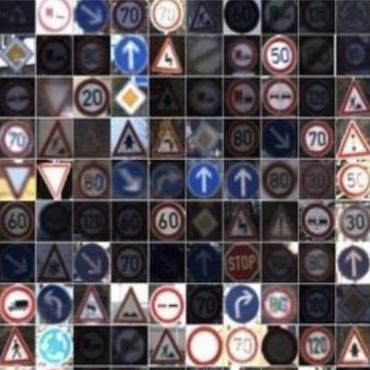Adversarial Robustness Through Artifact Design
Adversarial examples arose as a challenge for machine learning. To hinder them, most defenses alter how models are trained (e.g., adversarial training) or inference is made (e.g., randomized smoothing). Still, while these approaches markedly improve models' adversarial robustness, models remain highly susceptible to adversarial examples. Identifying that, in certain domains such as traffic-sign recognition, objects are implemented per standards specifying how artifacts (e.g., signs) should be designed, we propose a novel approach for improving adversarial robustness. Specifically, we offer a method to redefine standards, making minor changes to existing ones, to defend against adversarial examples. We formulate the problem of artifact design as a robust optimization problem, and propose gradient-based and greedy search methods to solve it. We evaluated our approach in the domain of traffic-sign recognition, allowing it to alter traffic-sign pictograms (i.e., symbols within the signs) and their colors. We found that, combined with adversarial training, our approach led to up to 25.18\% higher robust accuracy compared to state-of-the-art methods against two adversary types, while further increasing accuracy on benign inputs.
PDF Abstract

